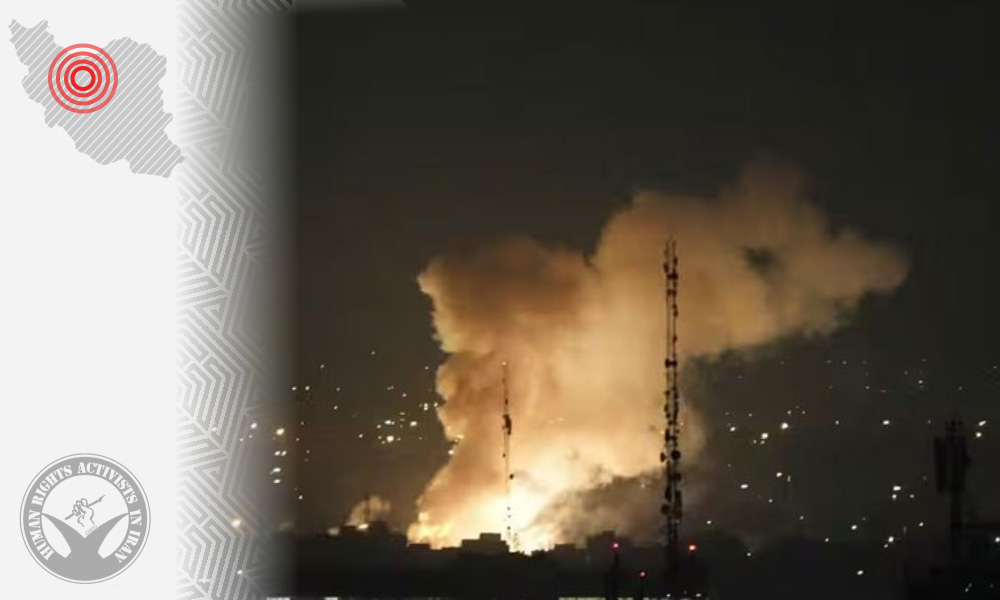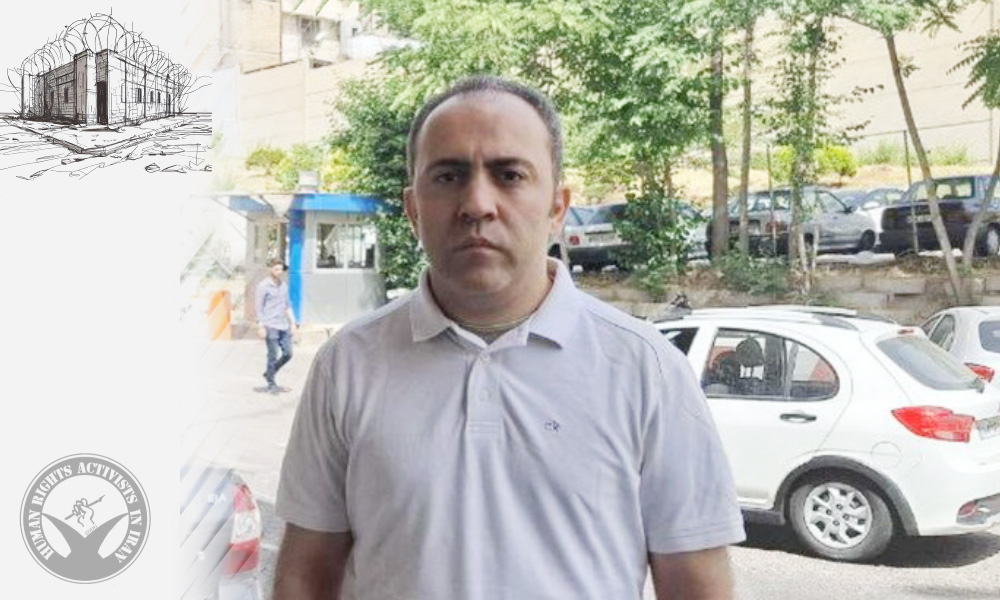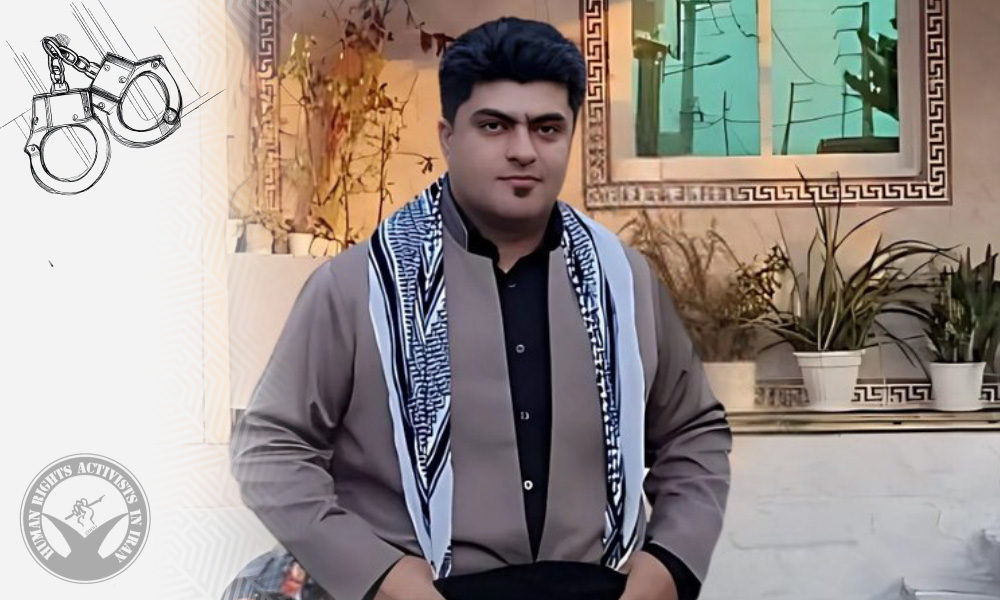HRANA News Agency –On Sunday, June 15, military clashes between Iran and Israel continued for the third consecutive day. These confrontations began early Friday with Israeli airstrikes on Iranian soil, which triggered a military response from Iran and escalated the conflict. As of the time of this report, the hostilities are ongoing. Military, civilian, and residential areas in 19 Iranian provinces have been targeted.
According to official and local sources, at least 22 people were killed or injured today. An additional 121 casualties related to previous days’ attacks have also been confirmed. Based on these figures, as of June 15, 22:00 UTC, non-governmental sources estimate at least 1,005 people have been killed or injured over the past three days. The head of the Public Relations and Information Center at the Ministry of Health has reported this number to be 1,481.
Geographic Scope of the Strikes
Israeli military strikes on Iranian territory yesterday targeted energy infrastructure, military facilities, and residential areas in Tehran, Alborz, Isfahan, Kermanshah, Fars, and Razavi Khorasan provinces. Notable sites hit include oil depots in Shahran and southern Tehran, the Tehran oil refinery, and facilities linked to the Ministry of Defense in Nobonyad and Pasdaran.
Missile strikes also targeted missile storage and launch sites, IRGC bases, radar centers, and locations along the Karaj–Tehran highway.
In urban areas, impacts were reported in neighborhoods such as Narmak, Dardasht, Ekhtiyariyeh, Mirdamad, Tehranpars, Niavaran, Azimieh, Jannat Abad, Pasteur, around Valiasr Square, Taleghani Street, and Keshavarz Boulevard. Additional targets included a carpet sales center in Isfahan, an electronics factory in Shiraz, a student dormitory in Tehran, and an aircraft repair facility near Ekbatan. Explosions in some of these areas have caused significant damage and possibly casualties. Investigations are ongoing and updates are expected.
Israeli forces reportedly used fighter jets, drones, cruise missiles, short-range projectiles, and kamikaze microdrones in yesterday’s attacks.
Updated Casualty and Damage Report
Since the beginning of the Israeli strikes on Iran, over a thousand military or civilian individuals have been killed or wounded. The exact status—military or civilian—of many victims remains under review.
HRANA previously reported 863 casualties during the first two days of attacks. With new data, this figure has now increased to 983. The updated table below includes newly confirmed figures from the initial two days, supplementing earlier reports.
Notice: This information does not necessarily indicate an increase in numbers but in some cases reflects reclassification of affected individuals.
| Province | City | Date | Category | Killed | Injured | Notes | Location/Facility |
|---|---|---|---|---|---|---|---|
| Lorestan | Oshtorinan | June 14 | Civilian | 1 | 32 | Workers reported among the casualties | Farda Motors Automotive Complex |
| Kermanshah | Qasr-e Shirin | Unknown (June 13–14) | Civilian | 0 | 1 | Aid worker | Unspecified |
| East Azerbaijan | Unspecified | Unknown (June 13–14) | Civilian | 1 | 0 | Aid worker | Unspecified |
| Tehran | Tehran | June 14 | Civilian | 6 | 0 | – | Residential areas |
| Tehran | Tehran | Unknown (June 13–14) | Civilian | 3 | 0 | Includes one 11-year-old child | Residential areas |
| Lorestan | Khorramabad | Unknown (June 13–14) | Civilian | 1 | 0 | – | Unspecified |
| Tehran | Tehran | June 13 | Civilian | 30 | 0 | Includes 27 children | Unspecified |
| Bushehr | Jam | June 14 | Civilian | 3 | 0 | – | Pardis Township |
| Tehran | Tehran | Unknown (June 13–15) | Civilian | 83 | 0 | – | Various Locations |
| Tehran | Tehran | June 13 | Military | 8 | 0 | – | Unspecified |
| Kermanshah | Unspecified | Unknown (June 13–15) | Military | 4 | 0 | – | Unspecified |
| Alborz | Hashtgerd | Unknown (June 13–14) | Military | 1 | 0 | – | Unspecified |
| West Azerbaijan | Urmia | June 14 | Military | 10 | 0 | – | Al-Mahdi Military Base |
| East Azerbaijan | Unspecified | Unknown (June 13–14) | Military | 3 | 0 | – | Unspecified |
| Unspecified | Unspecified | Unknown (June 13–14) | Military | 5 | 0 | – | Unspecified |
| Tehran | Unspecified | Unknown (June 13–14) | Military | 0 | 50 | – | Unspecified |
| Tehran | Unspecified | Unknown (June 13–14) | Unclassified | 20 | 0 | – | Unspecified |
| Kermanshah | Unspecified | Unknown (June 13–14) | Unclassified | 10 | 0 | – | Unspecified |
| Alborz | Hashtgerd | Unknown (June 13–14) | Unclassified | 1 | 0 | – | Unspecified |
Latest Casualty Figures and Human Impact So Far
In addition to previous reports, yesterday’s attacks alone have left at least 22 more people dead or injured, bringing the total number of casualties from Israeli attacks, according to non-governmental sources, to at least 1,005.
| Province | City | Date | Killed | Injured | Notes | Neighborhoods/Facilities |
|---|---|---|---|---|---|---|
| Kermanshah | Kermanshah | June 15 | 0 | 1 | Attack on a horse stable, one worker injured | Unspecified |
| Tehran | Tehran | June 15 | 10 | 0 | Victims were children | Narmak Neighborhood/ Residential Area |
| Tehran | Tehran | June 15 | 0 | 1 | – | Keshavarz Blvd. / Residential Area |
| Tehran | Tehran | June 15 | 5 | Unspecified | – | Saboonchi Neighborhood / Residential Area |
| Tehran | Tehran | June 15 | Unspecified | Unspecified | Civilians and Foreign Ministry staff | Imam Khomeini Square – Foreign Ministry Building |
| Province | City | Date | Killed | Injured | Notes | Key Targets Hit |
|---|---|---|---|---|---|---|
| Markazi | – | June 15 | 2 | 0 | – | Unspecified |
| Tehran | Tehran | June 15 | 3 | – | IRGC intelligence chief and two senior officials | Unspecified |
The identities of some victims, as well as whether they were directly participating in hostilities (DPH), remain under investigation.
According to non-governmental sources, as of the time of this report, a total of 1,005 military and civilian individuals have been killed or injured:
Civilians:
Killed: 199
Injured: 181
Military personnel:
Killed: 92
Injured: 81
Unclassified:
Killed: 117
Injured: 335
Total killed: 408
Total injured: 597
Total casualties: 1,005 individuals
It is also worth noting that access to casualty data for non-governmental groups has significantly decreased compared to the first day of the attacks, likely due to government-imposed security measures and communication disruptions.
While various non-governmental sources place the human toll in Iran at slightly over one thousand, Hossein Kermanpour, head of the Public Relations and Information Center at the Ministry of Health, claimed in a social media post that 1,481 people were killed or injured during the first 65 hours of Israeli attacks on Iran. He stated that “over 90 percent of them were civilians.”
Kermanpour added that 522 individuals had been discharged from medical facilities, reporting 224 deaths and 1,257 injuries. However, as of this report, no further details or official statements have been released by relevant authorities.
High-Profile Casualties on Day Three
Since the start of the conflict, state media have reported the deaths of several senior military commanders and nuclear scientists. Yesterday, the IRGC announced the deaths of Mohammad Kazemi, head of the IRGC Intelligence Organization; Hassan Mohaghegh, the organization’s deputy; and Mohsen Bagheri, another senior IRGC intelligence commander. Dozens of nuclear scientists and military leaders were reportedly killed in previous days.
Continued Israeli Strikes on Civilian Infrastructure
The Israeli military stated that it has carried out 720 airstrikes on Iran since the beginning of the conflict, with more strikes occurring yesterday. These attacks have damaged various civilian infrastructures. Areas affected by air defense confrontations and projectile strikes include Tehran, Kordan, Garmdareh, Baharestan, Isfahan, Shiraz, Mashhad, Kermanshah, Baqershahr, and Kahrizak.
Key targets hit include oil depots in Shahran, western and southern Tehran; the MAPNA industrial plant; the Tehran oil refinery; the Shiraz Electronics Industry factory (SAIRAN); and Kaico in Kermanshah. Other sites include a Foreign Ministry building, a carpet sales center in Isfahan, Mashhad airport, a student dormitory near Keshavarz Blvd., a horse stable, and buildings related to Iran’s energy research in Nobonyad, Farmanieh, and Saadat Abad.
In Tehran, the hardest-hit neighborhoods were Shahran, Nobonyad, Pasdaran, Narmak, Ekhtiyariyeh, Dardasht, Tehranpars, Mirdamad, Pasteur, Niavaran, Valiasr Square, Taleghani Street, Niroo Havaei area, Keshavarz Blvd., Chitgar, Azimieh, Jannat Abad, Velayat Park, Saei Park, Ekbatan, Hemmat, Ashtiani neighborhood, Hashemi, Pirouzi neighborhood, Sohravardi, Seyyed Khandan, Apadana Street, Ghods Square, Shariati, Tajrish, Ghasr Crossroads, Moallem Street, Saboonchi Street, Mofatteh Street, Jahan Nama Complex, Dezashib, Narenjestan 7 Street, Lavasani Street, Aghayi Street, Farmanieh, Saadat Abad, Baqershahr, and Kahrizak.
In addition to civilian locations, military targets included the Ministry of Defense, the Organization of Defense Innovation and Research, IRGC bases, missile storage and launch sites in western Iran, Garmdareh radar site, a Defense Ministry facility, Tehran police HQ, and the Bidganeh missile site.
Communication Disruptions and Secondary Impacts
Since day one of the attacks, Iran’s Ministry of Communications has temporarily restricted internet access due to the “country’s special conditions.” WhatsApp, unblocked earlier this year, was again banned, and users reported disruptions to Cloudflare-based services. These restrictions have severely hindered independent media operations, emergency data sharing, and timely access to information for three consecutive days.
Security Crackdown: At Least 100 Arrested in Three Days
Yesterday, at least 42 individuals were arrested in Iran for sharing content about the Iran-Israel conflict, bringing the three-day total to 100. Detainees include sociologist Mostafa Mehrayin in Tehran; two people in Kerman Province; 15 in Mazandaran; 13 in Golestan; one in Shahr-e Kord; four in Lali; one in Rafsanjan; and five in Takestan. Daneshjoo News Agency reported several espionage arrests in Tehran, and Iran’s law enforcement announced two arrests in Savojbolagh on charges of “collaboration with Mossad.” Two others in Tehran were accused of multiple sabotage acts.
On Friday and Saturday, at least 58 individuals had already been detained for similar reasons.
International Humanitarian Law (IHL) Analysis
On the third day of this international armed conflict between Iran and Israel, concerns over violations of core principles of international humanitarian law have intensified. Article 51 of the First Additional Protocol to the Geneva Conventions mandates distinction between military and civilian targets. However, reports of at least ten children killed in a residential building and a laborer killed at a horse facility raise concerns of indiscriminate and disproportionate attacks.
Repeated strikes on locations with no apparent military value challenge the principles of proportionality and precaution, and directly conflict with the prohibition against targeting civilians under Article 48 of the same protocol. Furthermore, Article 57 requires effective precautions—including advance warnings—when attacking military targets near civilian areas, which appear to have been widely neglected.
Human rights organizations have reiterated calls to halt indiscriminate attacks, protect civilians, and ensure humanitarian access. The Human Rights Activists in Iran organization stressed: “Civilian protection must remain a central concern.”
They reaffirmed their commitment to documenting, legally analyzing, and pursuing accountability under international humanitarian law, warning that ongoing indiscriminate strikes may constitute war crimes.
International Responses: Calls for Restraint and Diplomacy
In response to Israel’s continued attacks on Iran, international reactions persist. Yesterday, Qatar’s Ministry of Foreign Affairs and the Economic Cooperation Organization (ECO) issued statements urging restraint and de-escalation.
These calls echo earlier appeals from governments and international bodies across political divides, emphasizing the need to end hostilities, pursue diplomatic solutions, and protect civilians.
Emphasis on Compliance with Humanitarian Norms
With hostilities now in their third consecutive day and civilian areas increasingly affected—including emergency and healthcare infrastructure—the need for all parties to adhere to core principles of humanitarian law has become more urgent. These include distinguishing between military and civilian targets, exercising proportionality and precaution in military operations, and ensuring safe, effective humanitarian access.
HRANA has previously issued detailed reports on the first days of Israeli attacks on Iranian territory and continues to monitor developments and publish up-to-date field data and legal assessments.




























































